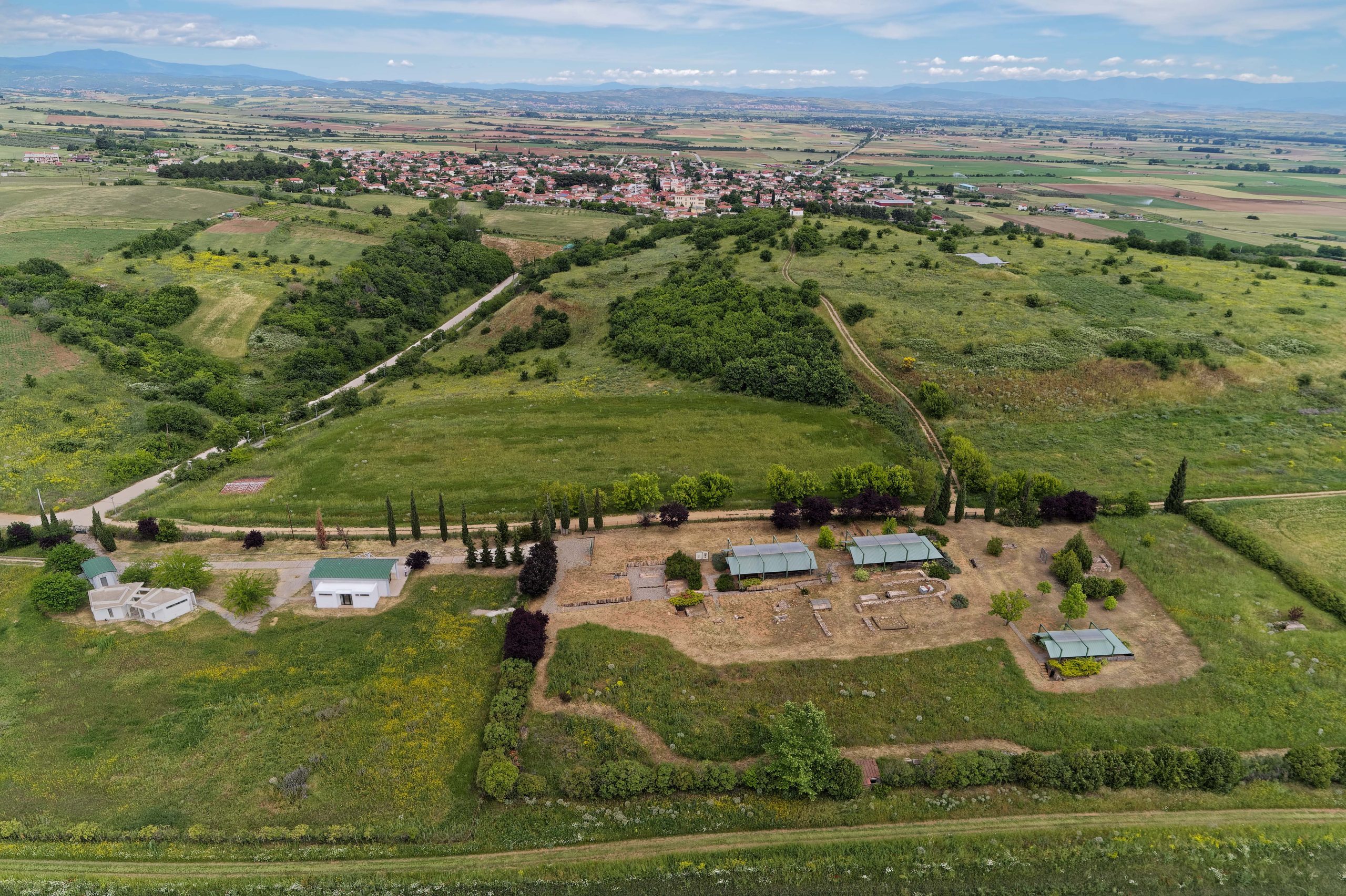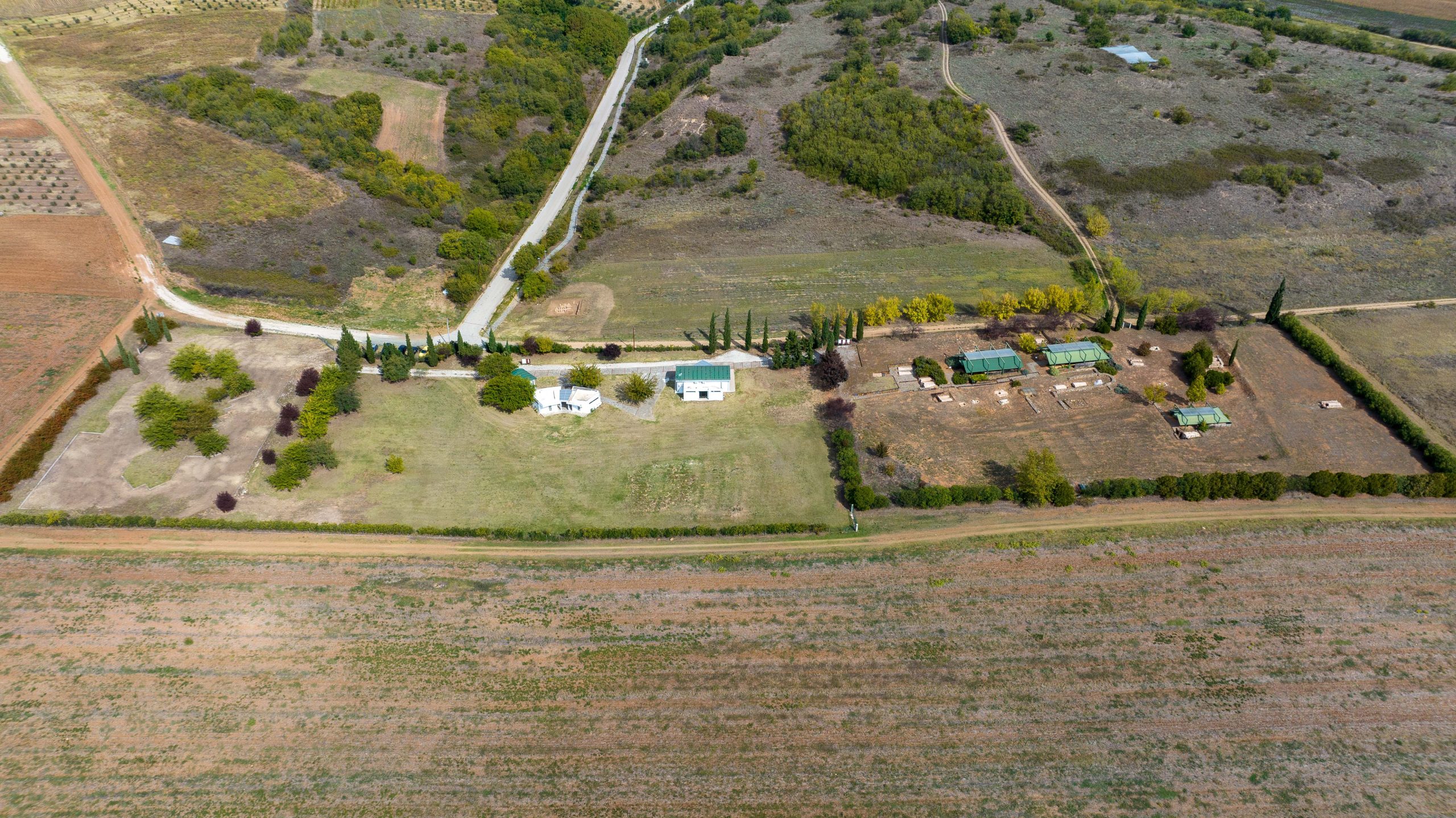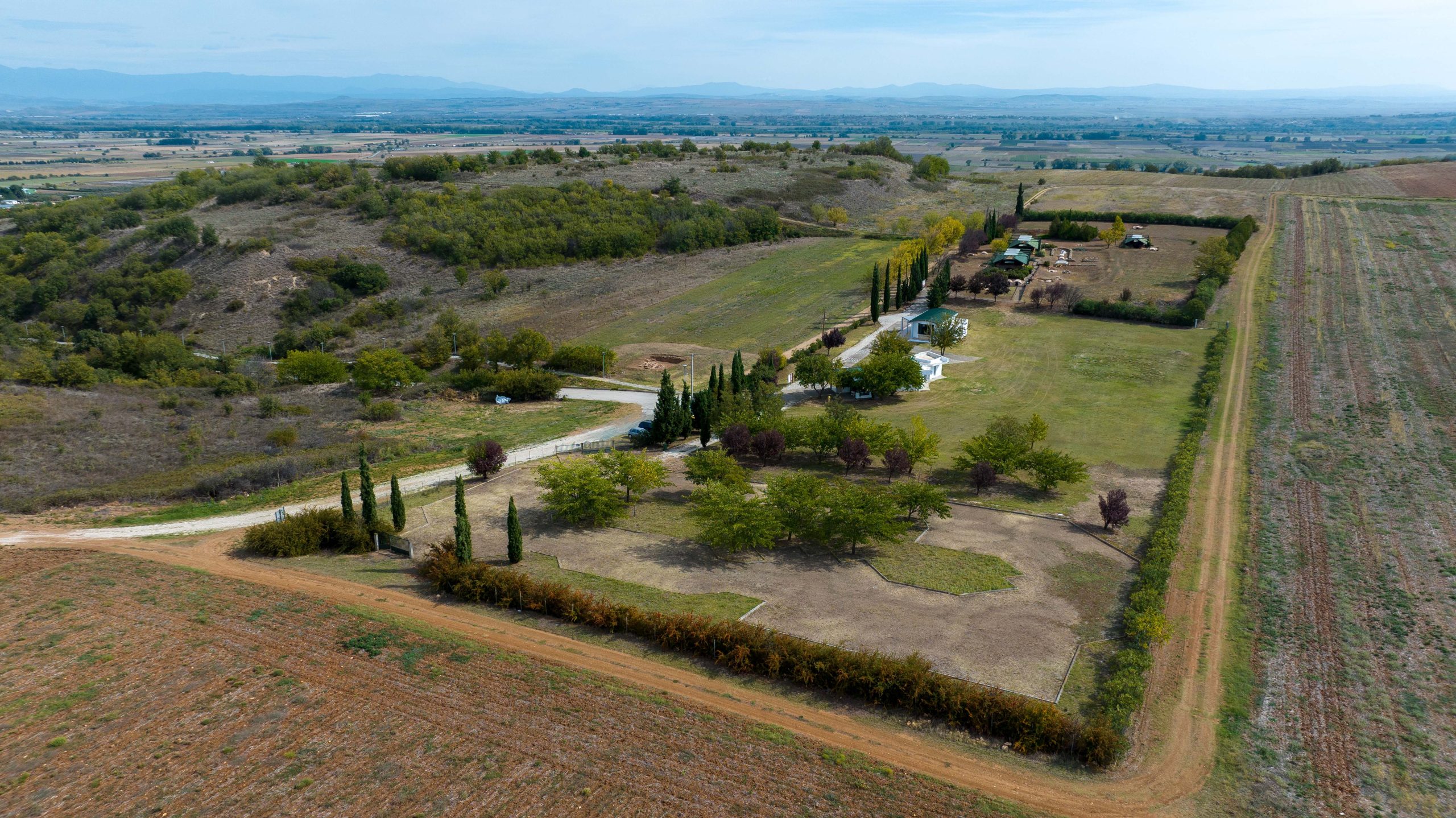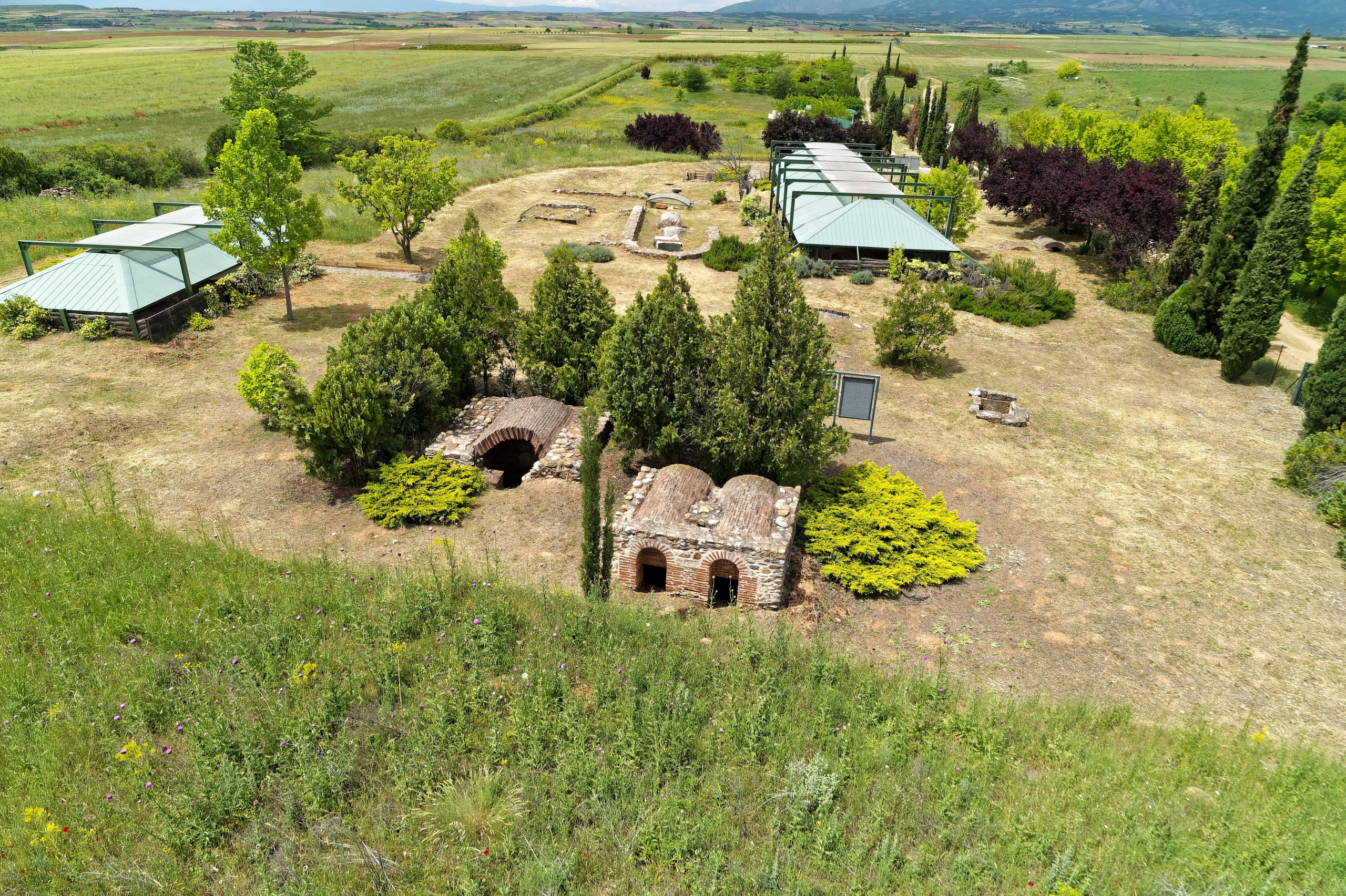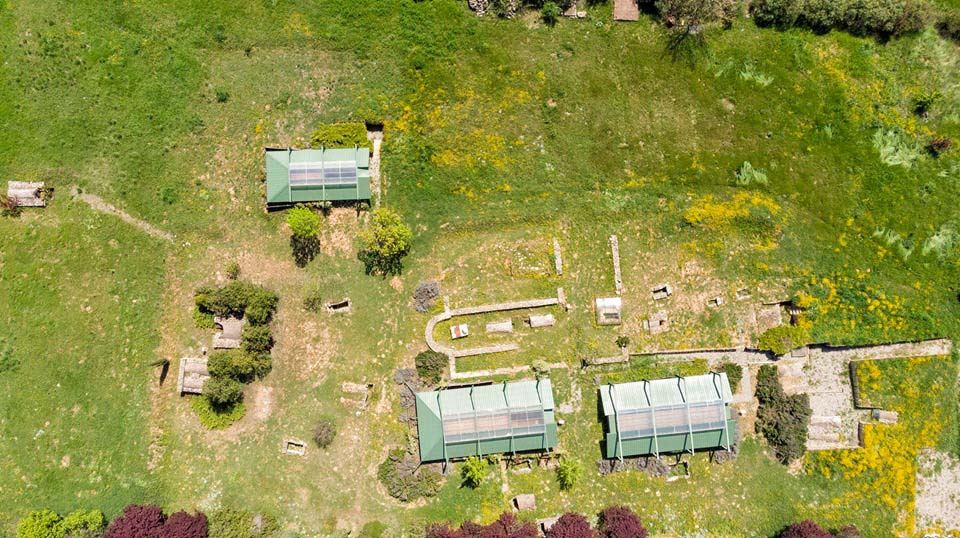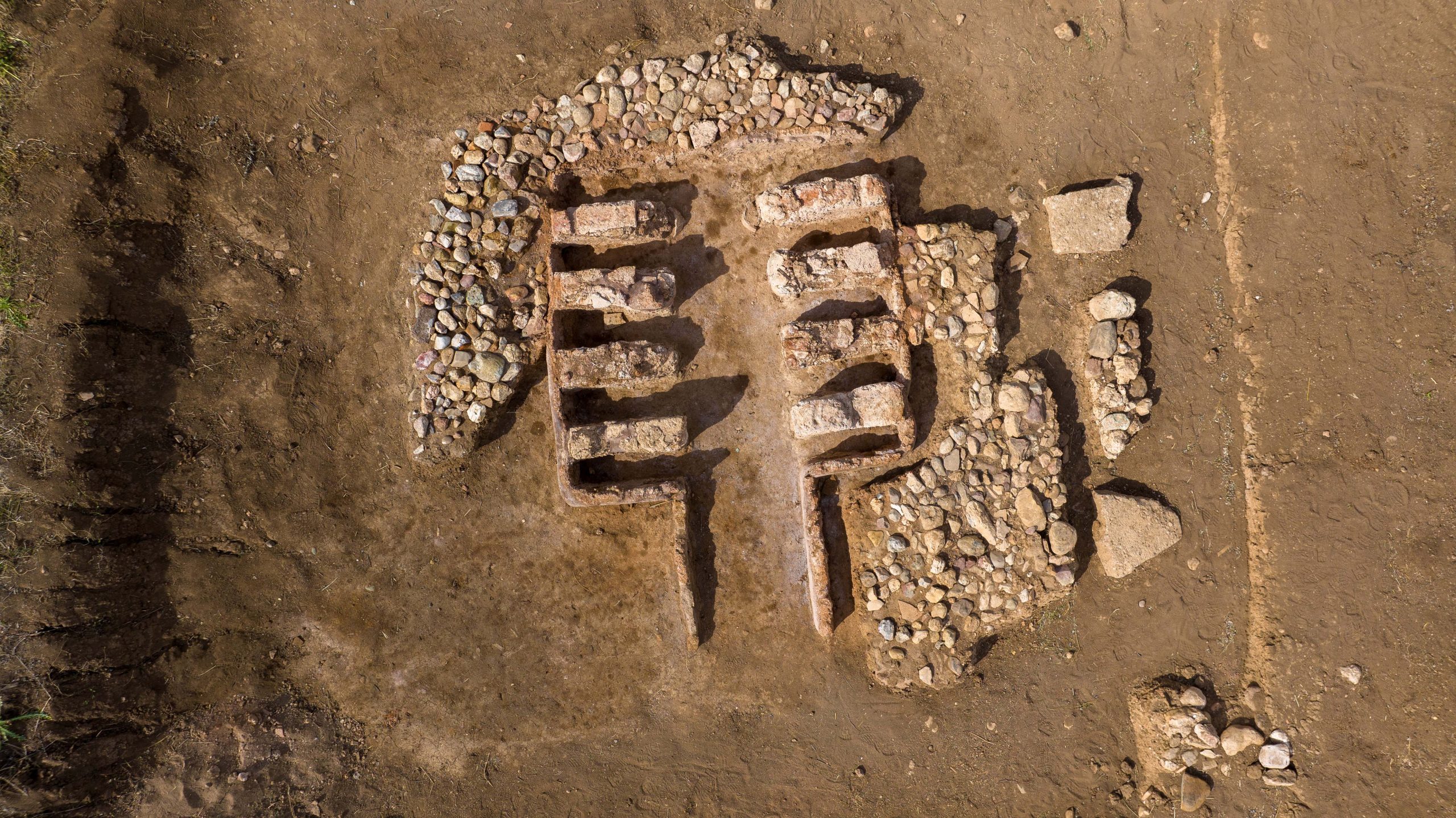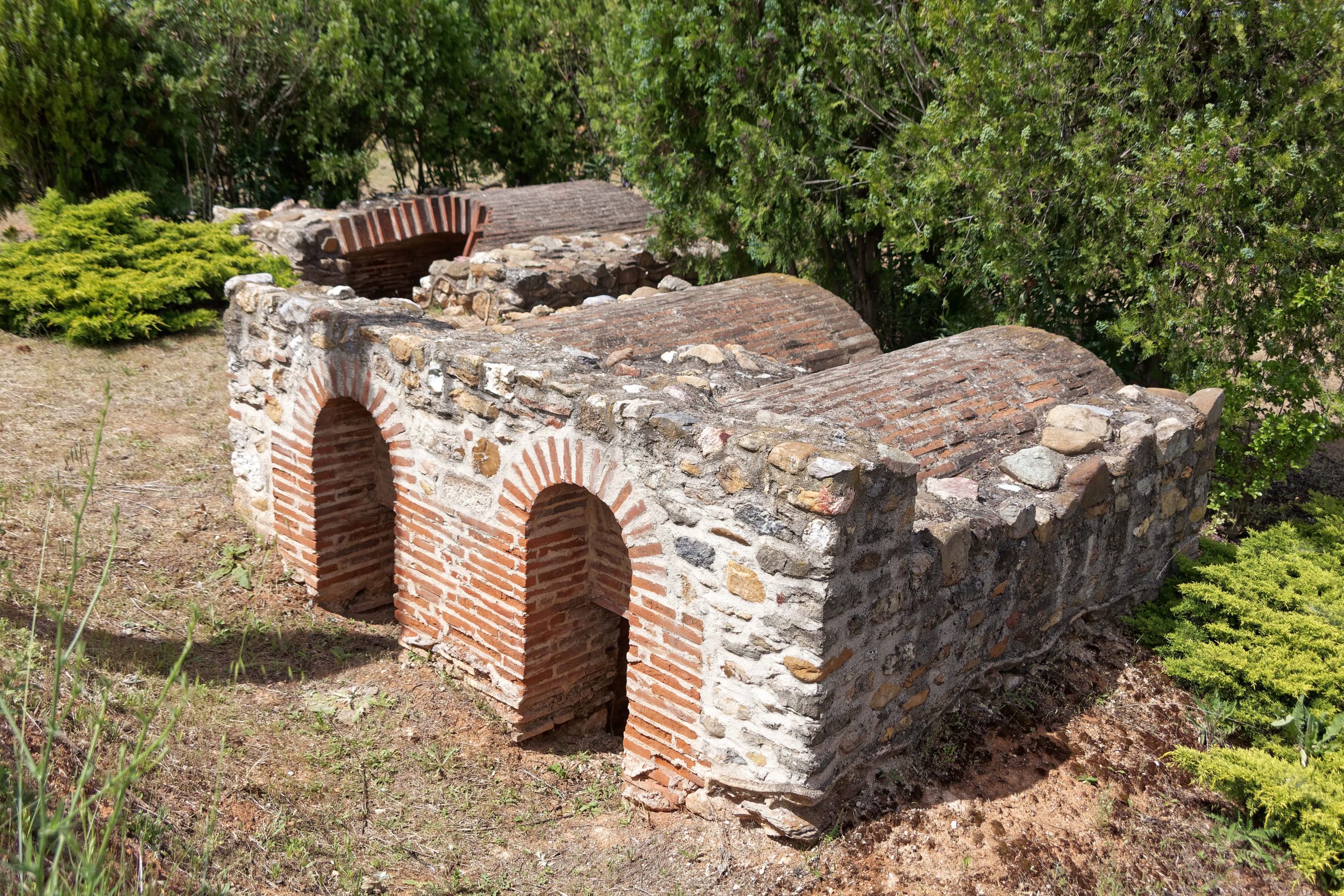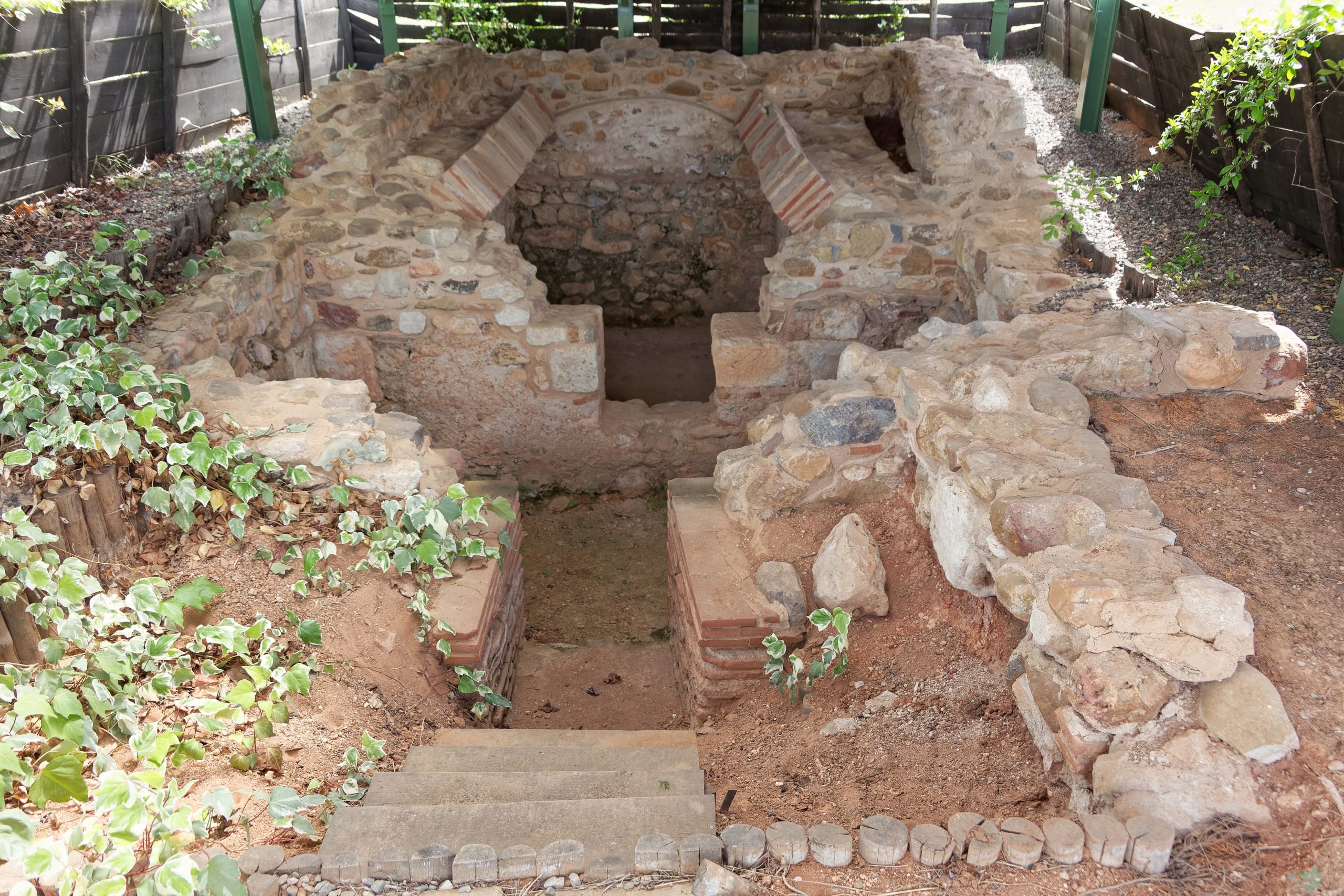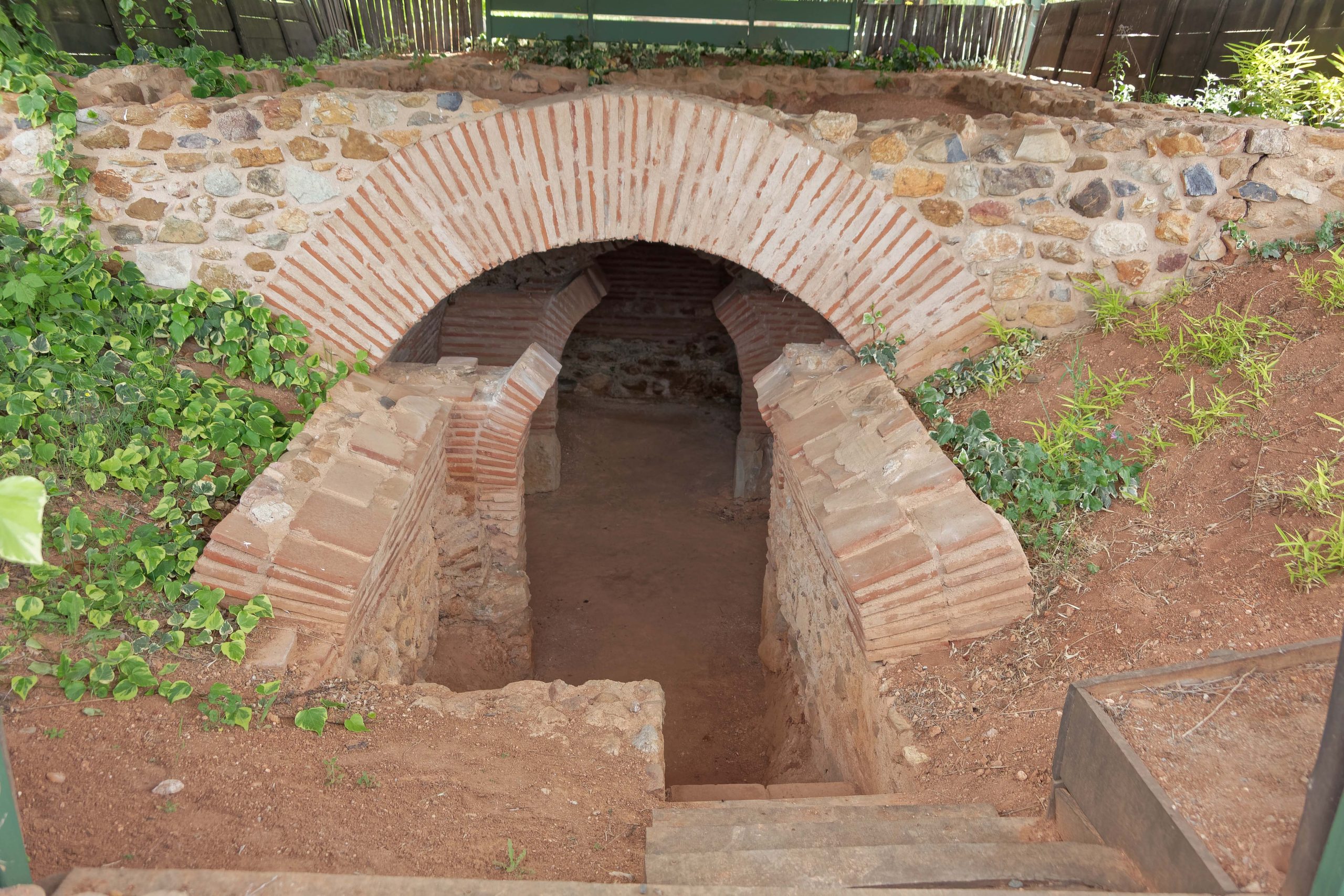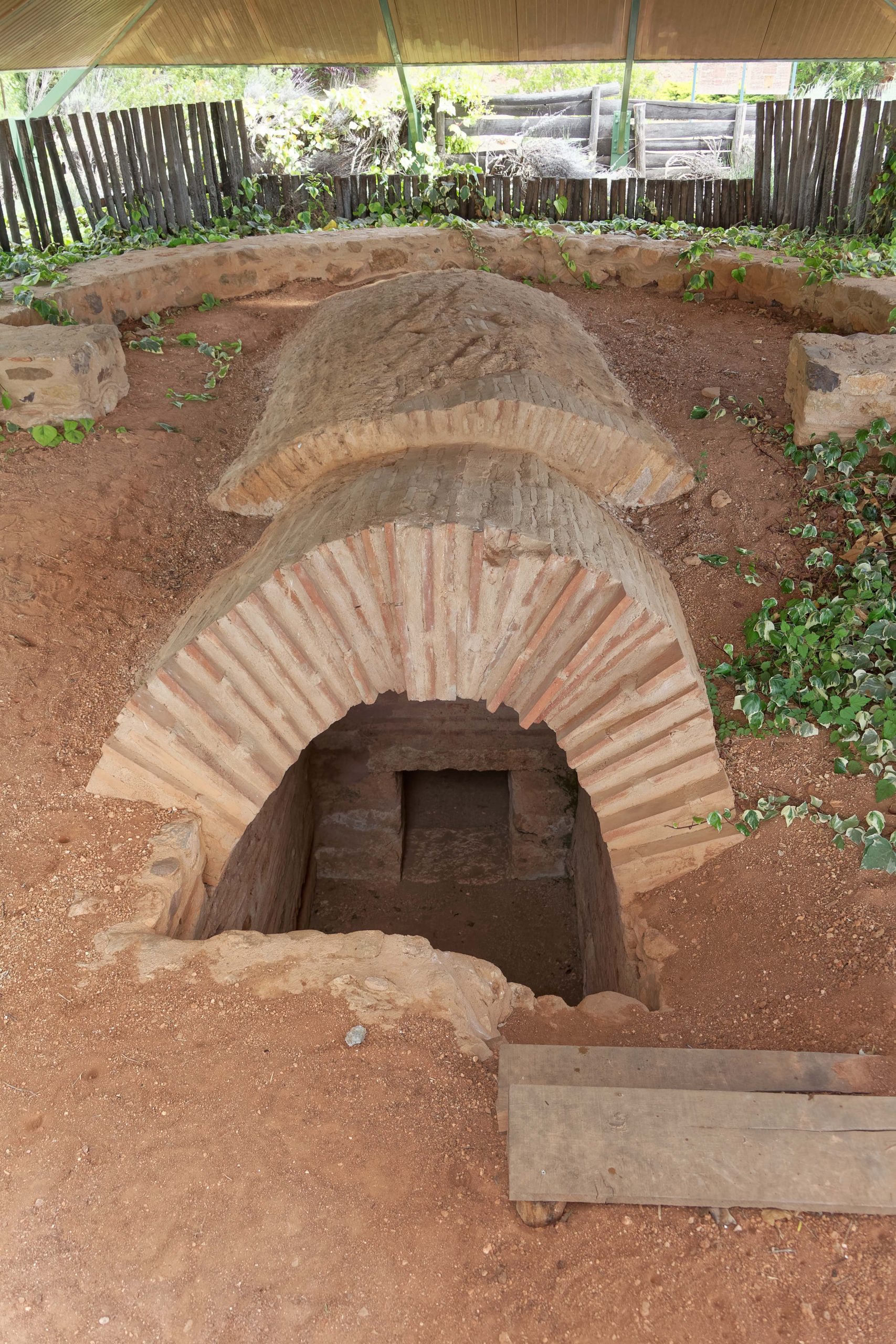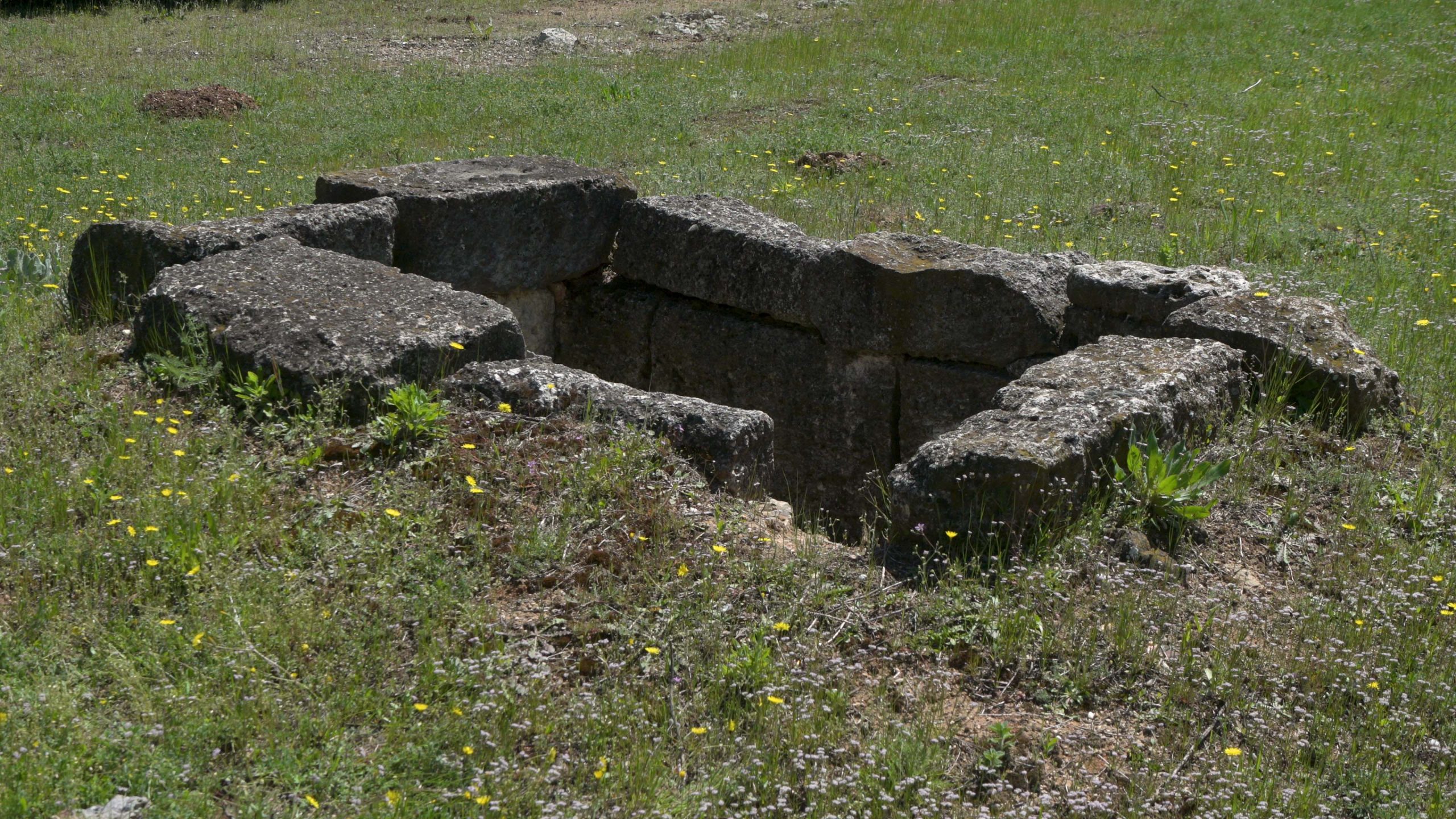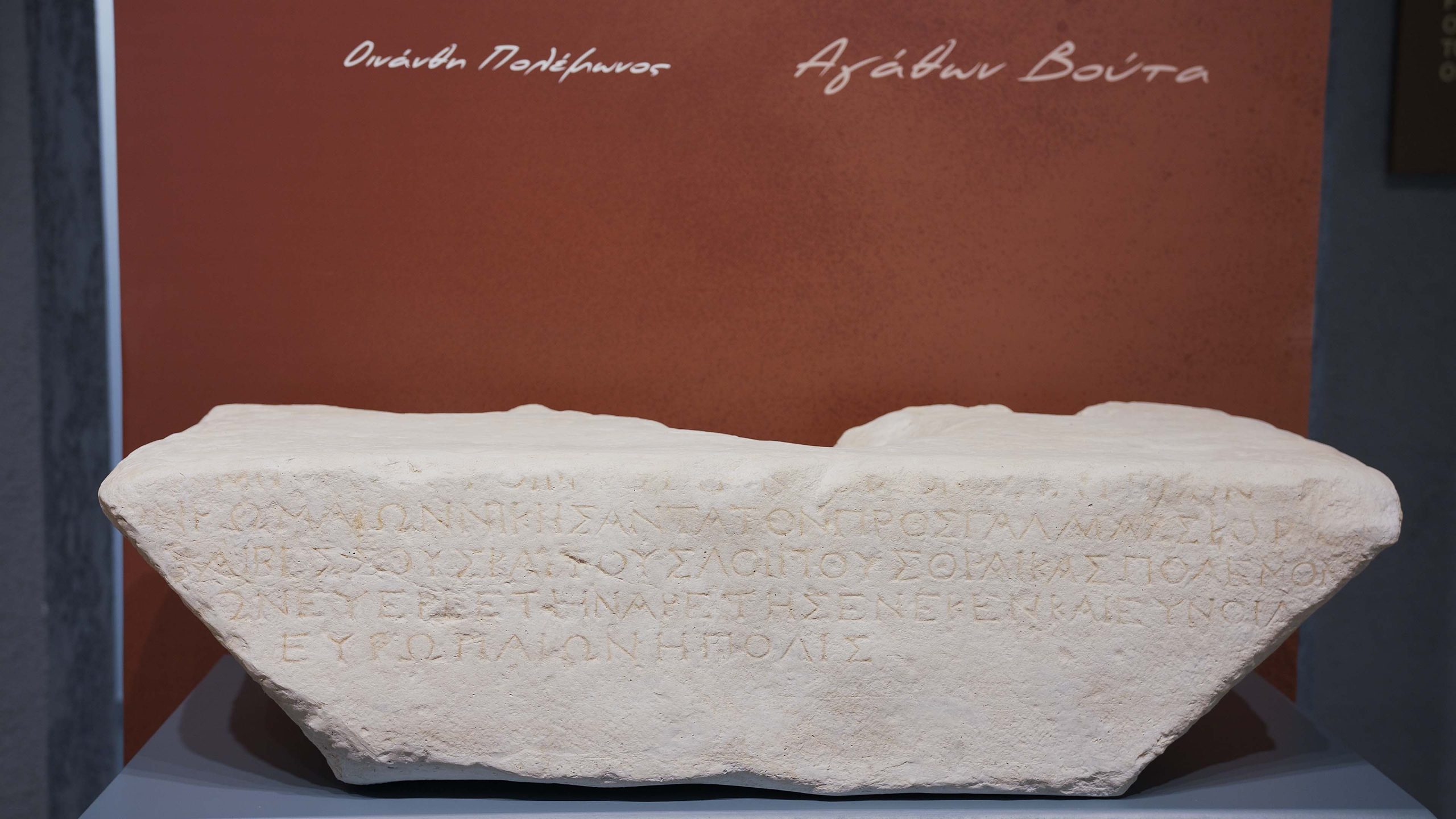This website uses cookies so that we can provide you with the best user experience possible. Cookie information is stored in your browser and performs functions such as recognising you when you return to our website and helping our team to understand which sections of the website you find most interesting and useful.
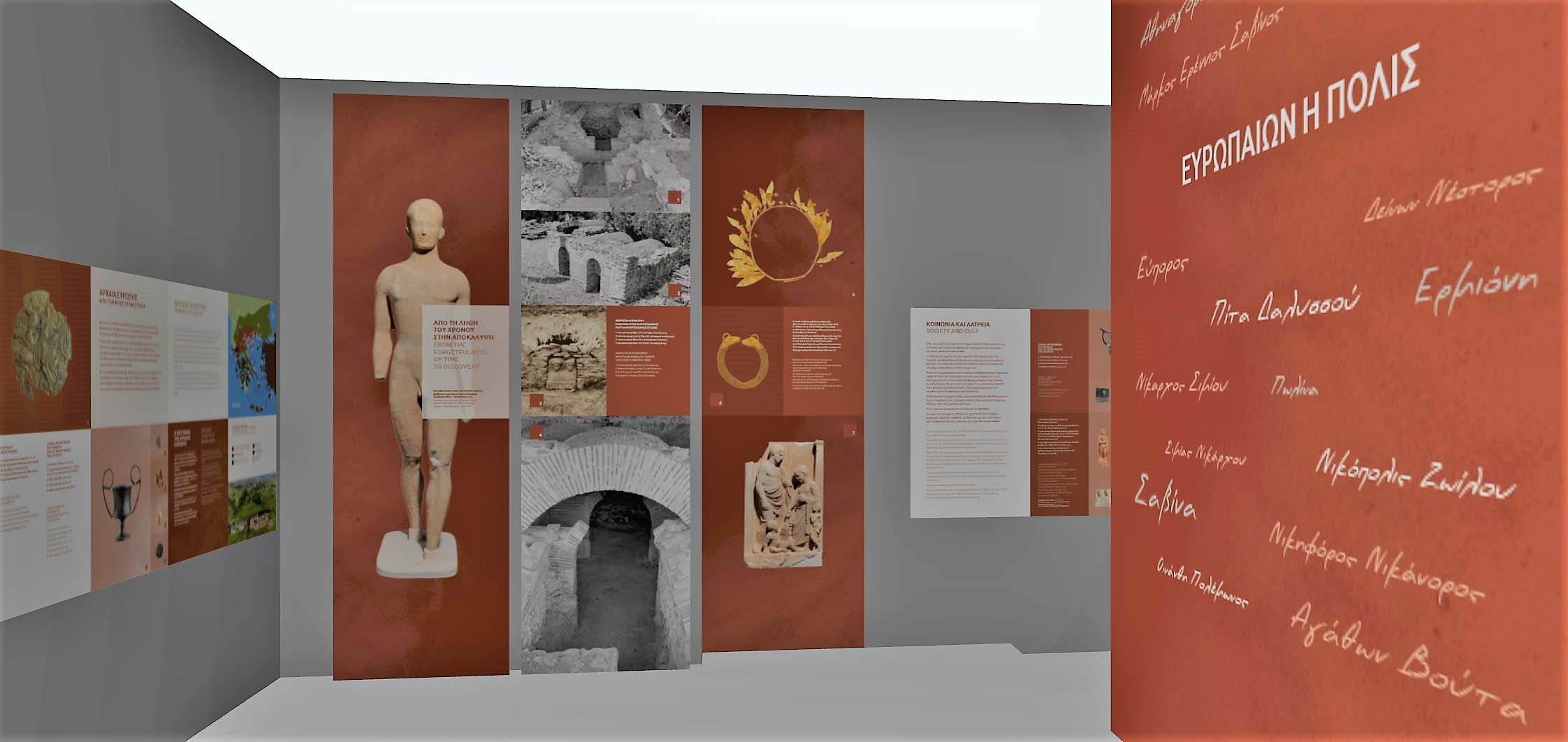
Europos, the city of “Europaeoi”
The oldest evidence of habitation in ancient Europos is found in the center of the modern village. It concerns a prehistoric settlement in the form of a mound, while the newer habitation remains come from the plateau. During the Classical times, the city of Europos was one of the most developed towns of the area. For this reason, King Sitalces of Thrace tried to conquer it in the 5th century BC. The large pithoi, unearthed in houses, attest to its economic prosperity and to the abundance of agricultural products. Research in the cemeteries offers tangible evidence of the religious beliefs, burial ritual practices, and the social stratification of the time. The discovery of a Hellenistic cluster of tombs, a Macedonian-type tomb, a cist tomb, and a box tomb with gold offerings, attests to the presence of hetairoi, namely members of the Macedonian aristocracy, in the society of Europos, as also evidenced by the discovery of the burial tumulus in Mesia. The discovery of the simple Roman tiled tombs is proof of the homogeneity of burial customs and practices with the rest of Macedonia.
Europos was the birthplace of Seleucus I Nicator, the most important of the successors of Alexander the Great and founder of the legendary Seleucid dynasty. The area open to visitors is next to the plateau preserving habitation remains and includes the Visitors’ Information Center, which includes audiovisual material for Europos and a video for Seleucus I, as well as for a part of the cemetery. In Roman and Early Christian times, the rapid development of the city is evident in its funerary monuments. Among the most impressive findings are the monumental vaulted underground single-chamber or double-chamber family tombs. A Late Roman kiln (3rd-4th c. AD), excavated in 1991, is preserved to the SW of the hill that marked the location of the ancient city. In this area and outside the fortification wall, ceramic workshops were probably established. The rectangular kiln preserves its combustion chamber. The stoking channel is located in the middle of the eastern side and traverses the center of the combustion chamber. The long walls of the combustion chamber are marked by four pairs of cross-walls, which supported the perforated floor. The kiln is made out of plinths. On top of the stoking tunnel there were placed two apotropaic clay figurines, which served as talismans intended to intimidate and avert evil spirits during firing.
